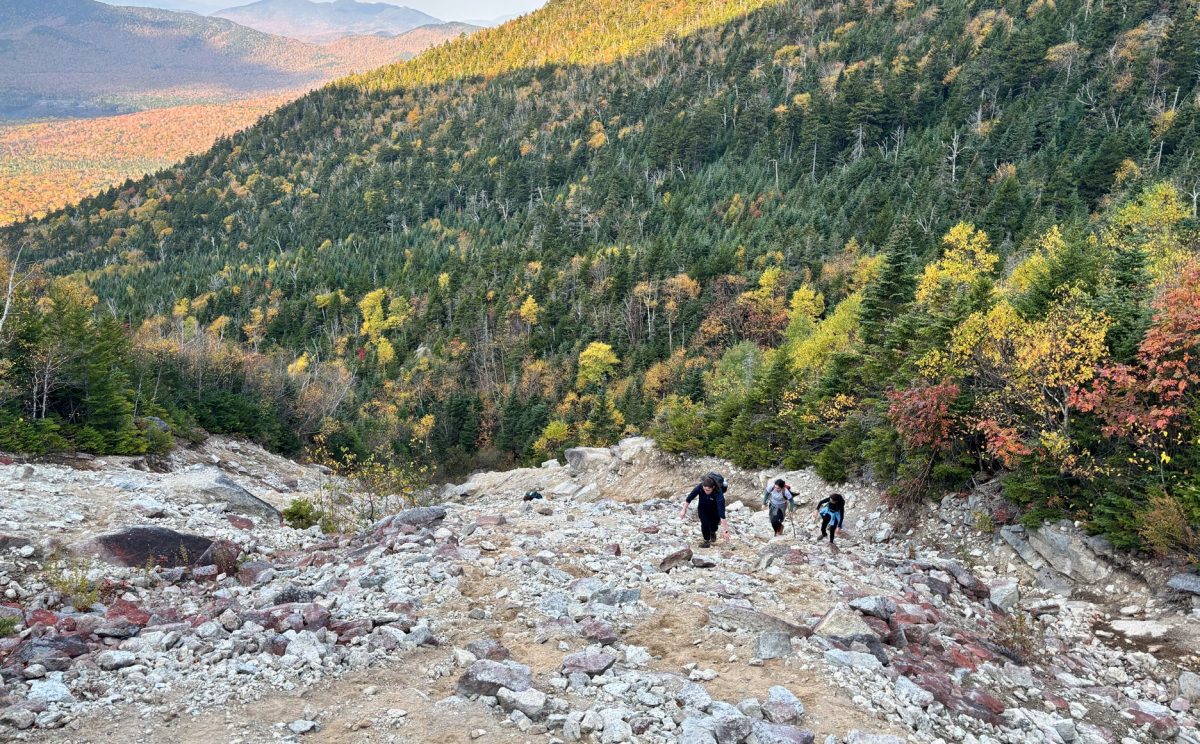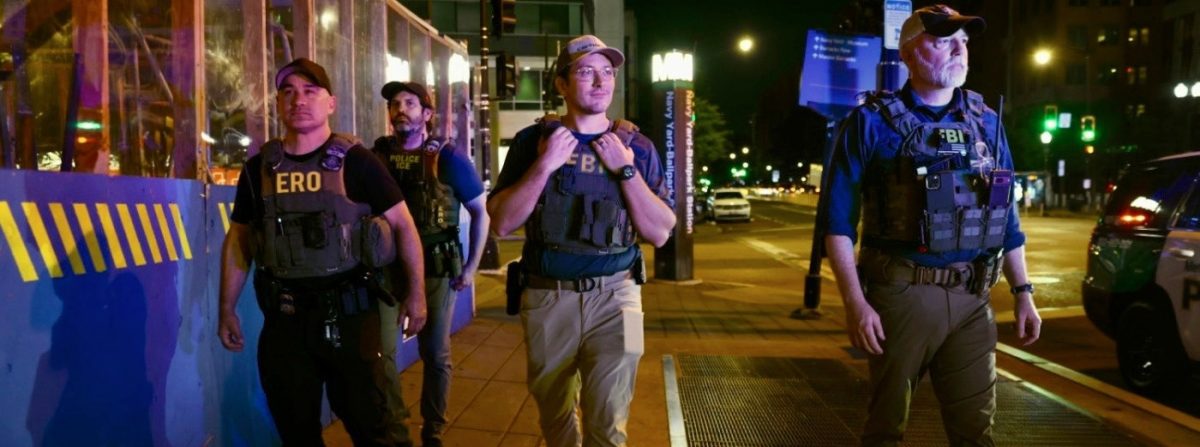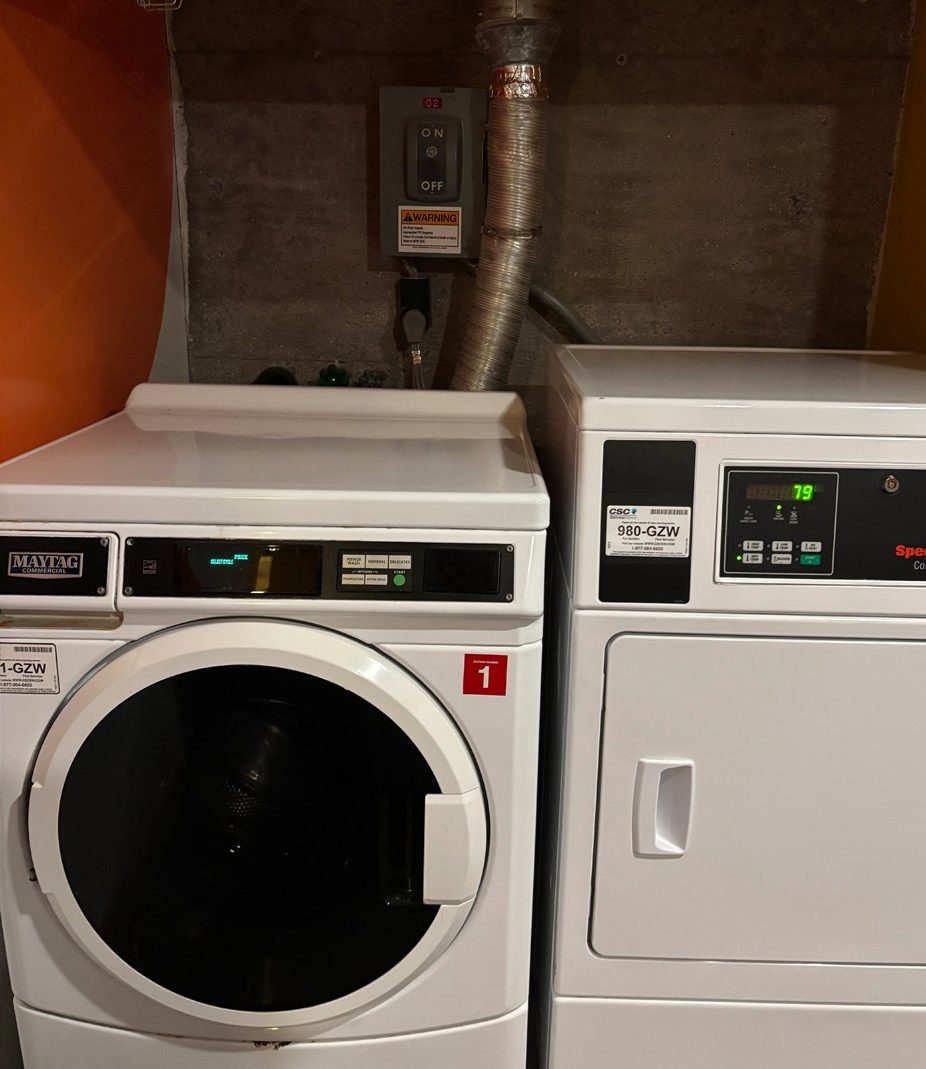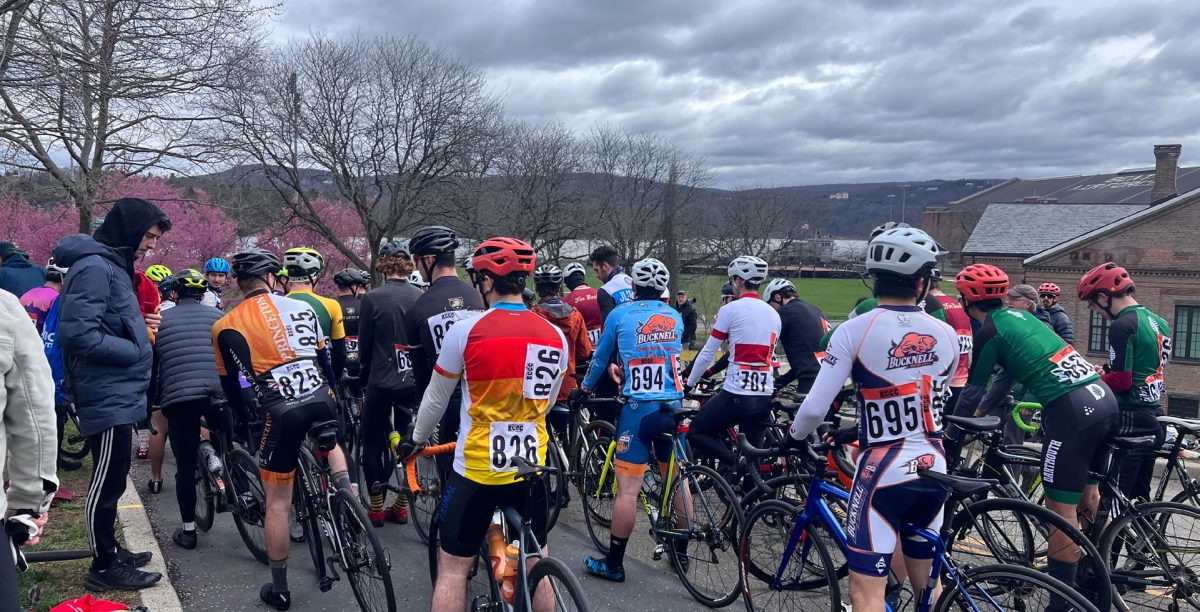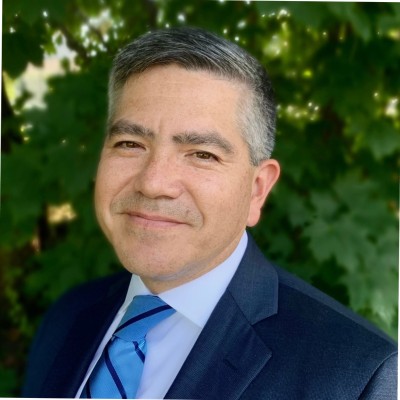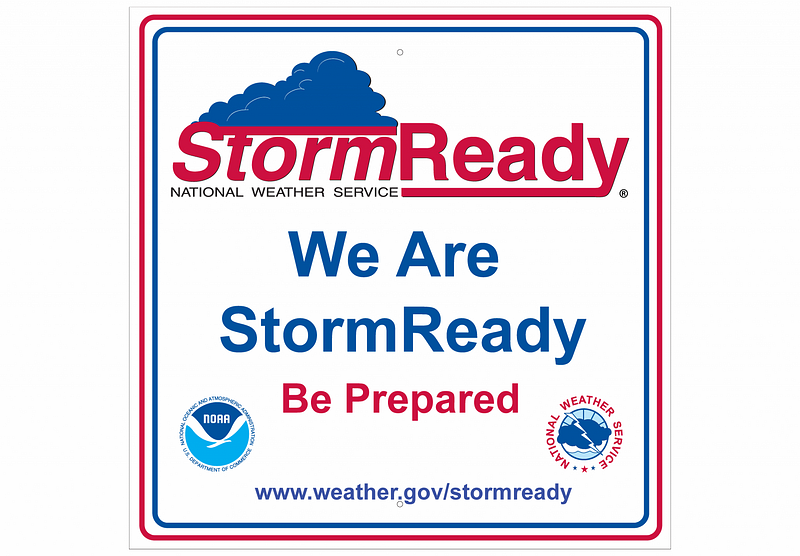
On Friday, Feb. 18, Hamilton College received the StormReady designation from the National Weather Service, joining just 14 other universities and 68 sites in New York State. To receive this certification, a community must meet five criteria: establish a 24-hour warning point and emergency operations center, have more than one way to receive severe weather warnings or forecasts and alert the public, create a system that monitors weather conditions locally, promote the importance of public readiness through community seminars and develop a formal hazardous weather plan, which includes training severe weather spotters and holding emergency exercises.
In Summer 2021, the College hired a new Emergency Manager, and one of their goals was to become StormReady. Oneida County has historically had four seasons of high-impact weather, and the biggest threat to students on campus is, in fact, the weather. Becoming StormReady was important to “show our students, our faculty, our staff that this is serious,” said Director of Campus Safety Frank Coots.
“There’s a lot of students here that are not familiar with snowstorms, or know what a tornado is, and we suffer from both of them,” said Coots. During the snowstorm on Friday, Feb. 4, the College had to delay opening until 10 a.m. to give facilities personnel a head start, attempting to clear the campus of cars so that roads and sidewalks could be properly plowed. This has been a rare occurrence in the past, as the College has only canceled class once and delayed it twice in the five years Coots has been at Hamilton.
The two power outages we have had in the past six months, most recently on Sunday, Feb. 6, have also significantly impacted the community. Those were not weather-specific disasters, but “when it’s two degrees, it becomes a weather event,” Coots said. Although most residence halls have backup generators able to power emergency lights as well as non-electric heating systems, an extended power outage would still be extremely dangerous in the winter.
“We know that the weather is affecting us here on campus, and we have to be better prepared for it, not only through StormReady, but also working with our facilities people to have backup plans in place,” Coots said. Climate change has also worsened the severity of weather events and made it even more important to be prepared for potential future disasters. As Coots said, “we can’t just assume that things are going to be fine tomorrow, we have to have a Plan B and a Plan C.”
This semester, the College installed 42 emergency beacons around campus that engage multiple senses. “It’s visual, it’s audio, it’s notifications, it flashes, it really gets your attention while also displaying a specific message,” Coots explained. They can show warnings about anything from inclement weather to dangerous individuals. Campus Safety has a panic button enabling instant activation of various alerts campus-wide. The goal is to gradually add more beacons, hopefully 20 in the next year. Although they are 400 dollars a piece, “we’ve committed to it, and we believe it’s the way to go,” Coots said.
As part of the restructuring to meet StormReady warning point requirements, the College has replaced and upgraded the notification system for emergencies, which now includes a new framework for mass texts and emails. All community members should have received texts about the power outage from 89361.
Responding to that text now creates an anonymous report. Students can send in texts, photos and videos reporting any incident or potential problem, without revealing their name or any identifying information if they fear backlash. The system processes incoming information anonymously, so students only need to report their name if they wish to be contacted. This also creates a more convenient way for students to report non-emergencies like a water leak. “You don’t have to do anything special, just reply,” Coots explained. “We can distribute that information right away, whether it’s to Facilities or to law enforcement.”
Another non-traditional way to get help is through a Zoom link, available on the Campus Safety website, where the person reporting can show a live video feed of whatever is taking place.
“What’s important is that I open up every avenue for students to report any event.” Coots believes most people are raised to instinctively make a phone call for help, whether to law enforcement or an ambulance. “You don’t say get on Zoom, you say ‘Call Campo’ and it’s as simple as that,” he laughed. However, Coots wants to open up these alternative ways of communication, to make getting help “more quick, much more efficient, and more safe for everyone.”

